Time to topple the venerable compression test?
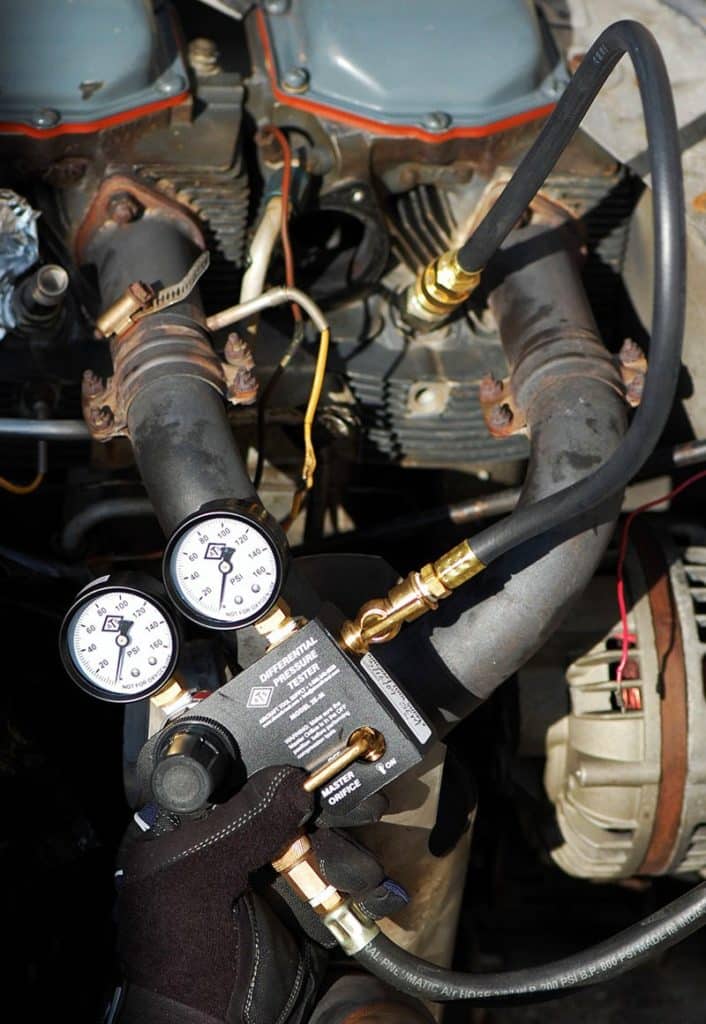
The differential compression check has been a mainstay of piston aircraft engine maintenance for the last 80 years. Like anything else in aviation that’s been around for a long time, various Old Wives’ Tales (OWTs) have evolved about the procedure, passed on from journeyman mechanic to apprentice, and later taught in A&P schools and documented in various textbooks and advisory circulars. Ask your mechanic why he performs a compression check a certain way or interprets the test results as he does, and if he’s honest he’ll probably answer, “That’s the way I was taught to do it and that’s the way I’ve always done it.”
One pervasive OWT has it that compression readings in the high 70s are excellent, in the low 70s are good, in the high 60s are marginal, in the low 60s are poor, and anything below 60/80 is unairworthy. Another widely accepted OWT is that an engine with compressions in the low 60s is a “tired engine” that will not put out full rated horsepower. Both are dead wrong.
More than three decades ago, Continental Motors issued a service bulletin (M84-15) debunking the first of these OWTs by establishing a new go/no-go criterion for compression tests: the master orifice tool. Mechanics who followed this guidance were astonished to find that compression readings in the low- to mid-40s were deemed acceptable by Continental.
This 1984 guidance was based on a series of engineering studies performed using an IO-550 engine mounted in the dynamometer test cell at the Continental factory in Mobile, Alabama. Those studies revealed that when the compression ring gaps on the IO-550’s pistons were filed oversize intentionally to reduce the compression of all six cylinders to 40/80, there was absolutely no measurable loss of horsepower output (although there was an increase in oil consumption). This effectively debunked the “tired engine” OWT.
Enter the borescope
Nineteen years later, Continental threw mechanics another curveball by issuing Service Bulletin SB03-3 (which superseded M84-15), directing that a borescope inspection of each cylinder be performed at each annual and 100-hour inspection and any other time that a compression test is done. It further made it clear that the borescope, not the compression tester, was to be the “gold standard” for assessing the airworthiness of a cylinder. It directed that if a cylinder flunks a compression test but the borescope reveals no obvious cause for the low compression, then the engine is to be flown for at least 45 minutes and the compression test be redone. Only if a cylinder flunks its compression test twice in a row (with at least 45 minutes of flying in between) is it deemed unairworthy.
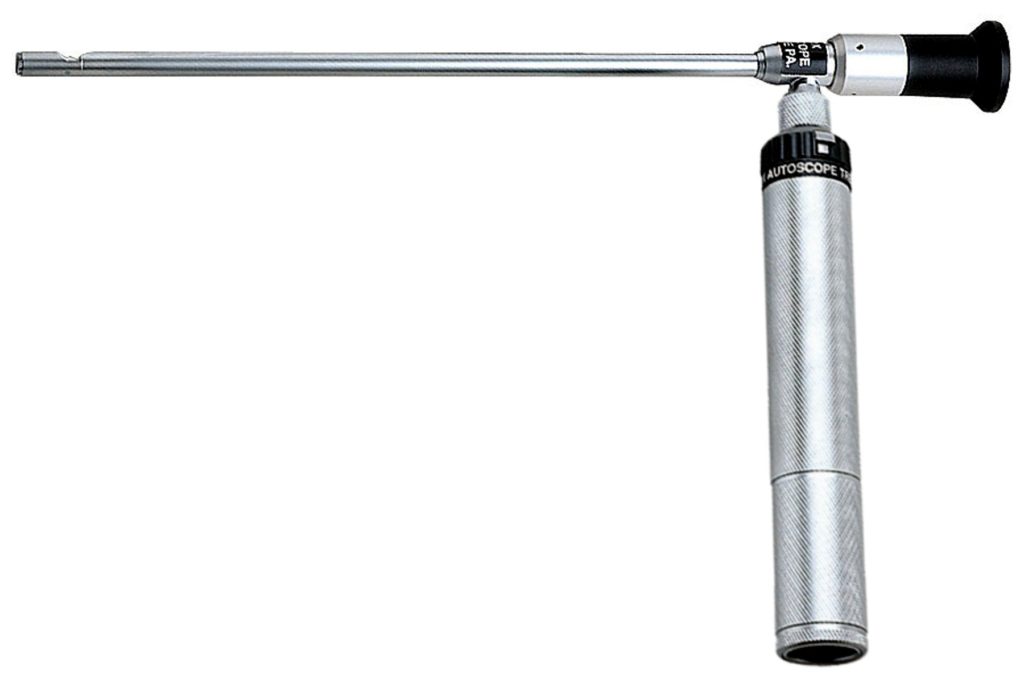
Continental’s SB03-3 was pretty shocking to mechanics when it was first published in March 2003. In those days, few GA maintenance shops owned a borescope (unless they did a lot of turbine work), and there was no training available to mechanics on how to use one to inspect a piston aircraft engine cylinder. Most A&P schools still don’t teach anything about how to use borescopes in piston engine maintenance.
The service bulletin recommended using a low-cost rigid optical borescope—the Lenox Autoscope—which was so named because it was designed for automotive use, and at just over $2,000 was one-tenth of the cost of the fiber optic borescopes being used for turbine engine hot-section inspections. Still, lots of mechanics and small GA maintenance shops were not amused by being told by Continental that they had to shell out two large to buy one of these instruments, and dragged their feet. Fourteen years later, some A&Ps still don’t own a borescope.
Eyeballing the combustion chamber
I was an early adopter of borescopy. Having gone through the painful experience of pulling cylinders due to low compression readings, only to find nothing physically wrong with them, I was anxious to adopt this more enlightened way of evaluating cylinder condition. I borrowed a Lenox Autoscope from a shop on my field and began inspecting the 12 cylinders on my Cessna 310. It was literally an eye-opening experience, almost as if I could climb inside each combustion chambers…or at least stuff one eyeball inside.
By inserting the scope through the top spark plug hole and twisting and turning it, I could get a pretty decent view of the intake and exhaust valves, the cylinder walls, and the piston crown. I found it spellbinding. Direct inspection of the combustion chamber provided a much better picture and deeper understanding of the true condition of the cylinder, compared with the crude indirect assessment provided by the differential compression test. A compression test could tell you that air was leaking past the exhaust valve, but with the borescope you could actually tell whether it was because of a benign glob of lead on the seat that would quickly self-resolve next time the engine ran or a malignant warped or eroded valve likely to fail catastrophically in the next ten hours. How cool was that?
Over the years, the compression test has proved quite untrustworthy and prone to false positives, resulting in tens of thousands of cylinders being removed unnecessarily (including a few of mine). That’s why the SB03-3 guidance calls for any disqualifying compression test that is not corroborated by borescope evidence be retested after flying for at least 45 minutes. That’s excellent advice. I’ve been personally involved in many cases where a cylinder that flunked the first compression test easily passed the second one. In one notable case involving a Cirrus SR22 whose maintenance my company manages, a cylinder that tested at 38/80 (and that the shop doing the annual wanted to yank) wound up measuring 72/80 on the re-test after a one-hour flight.
Now, SB03-3 did not go so far as to recommend that borescope inspections should replace the venerable compression test. Continental couldn’t do that, because the requirement to perform a compression test is written right into the FARs (Part 43 Appendix D to be exact). But SB03-3 did all it could to convey that Continental is no big fan of the compression test for determining cylinder airworthiness. (I once had a senior Continental executive confess to me that if they could’ve dropped the compression test altogether, they would’ve.)
I consider SB03-3 to be the best thing ever written on the subject of how to decide whether or not a cylinder needs to come off. It has saved owners of Continental engines millions of dollars in reduced maintenance costs. In my view, it’s high time that Lycoming followed suit and revised its archaic guidance on the subject. (Last year, Continental incorporated the contents of SB03-3 into its new Standard Practice Maintenance Manual M-0, so it no longer exists as a separate service bulletin.)
Today’s scopes: wow!
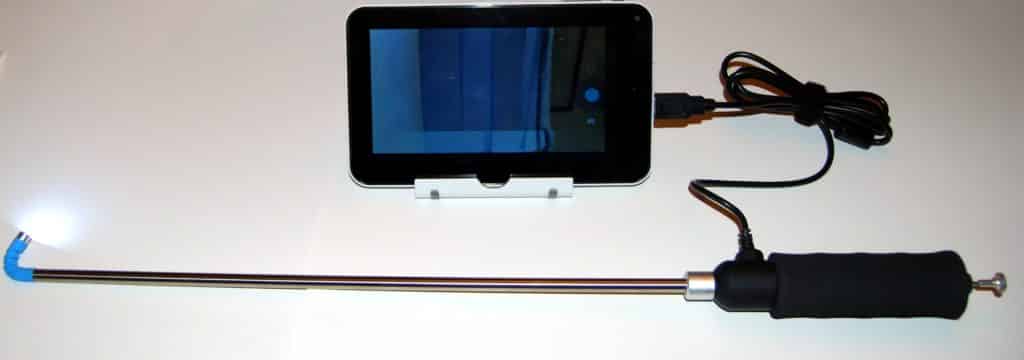
In the computer industry, “Moore’s Law” (named after Intel co-founder Gordon Moore) states that the number of transistors packed on an integrated circuit would double ever two years. Something similar has taken place in borescope technology in the 14 years since SB03-3 was published. Today’s borescopes use tiny, cheap solid-state CCD cameras to replace the costly optics that were previously required. The result is the current crop of scopes is both vastly better and an order of magnitude cheaper than the benchmark Lenox Autoscope.
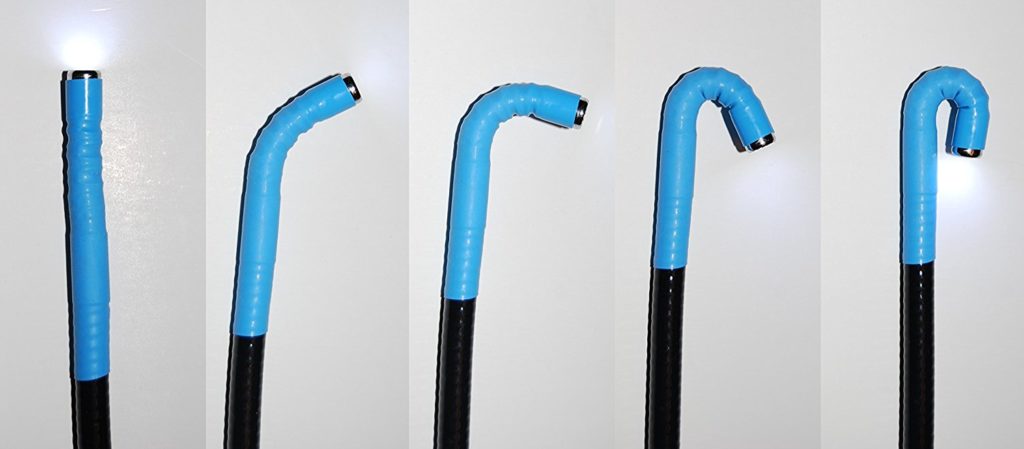
My current favorite is the ViVidia Ablescope VA-400 scope from Oasis Scientific, which you can purchase on Amazon.com for less than $200. It comes with a USB cable that can be plugged into any notebook PC or Android tablet, and with software for both Windows and Android that can capture both still photos and videos. In addition to its impressive image quality and excellent lighting, the ViVidia scope has the unique ability to adjust its viewing angle from 0° (looking straight down at the piston) to 180° (looking backwards at the valves) or anything in between. (By contrast, the $2,300 Lenox Autoscope has a fixed 90° viewing angle and no capability for capturing images.)
Here are some images that my colleague Colleen Keller recently captured of one of the Lycoming O-320 cylinders on her Cessna Cardinal. The quality is pretty spectacular for a $200 scope.
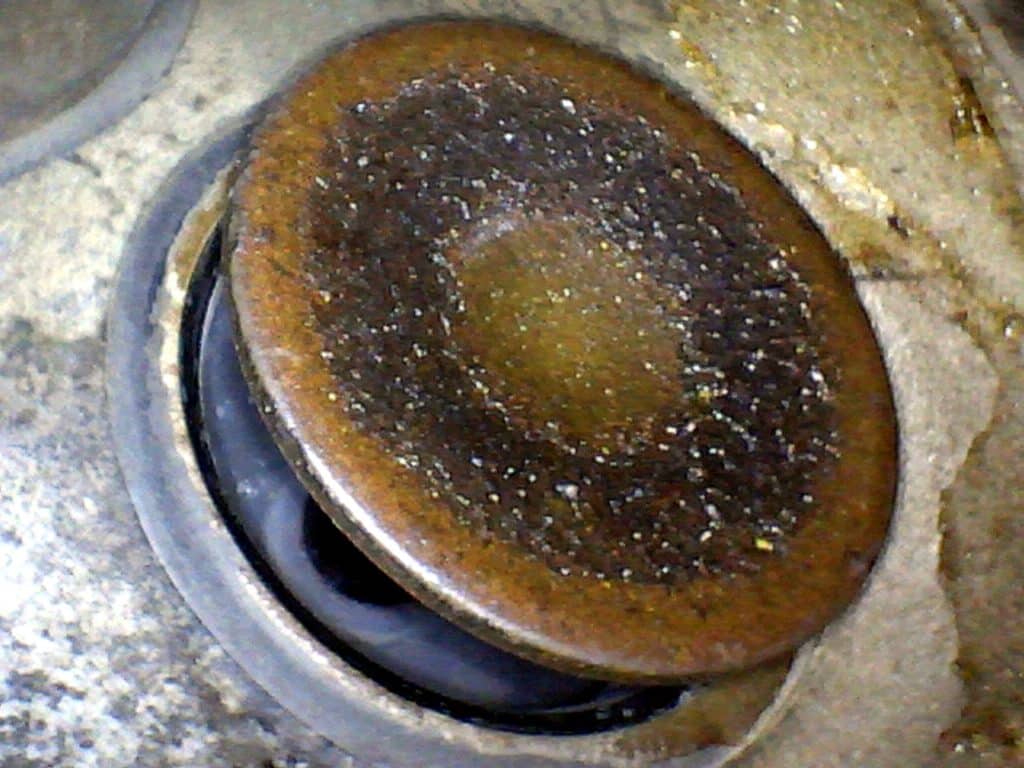
Lycoming O-320 exhaust valve. Note the symmetrical “bullseye” appearance indicating a healthy valve.
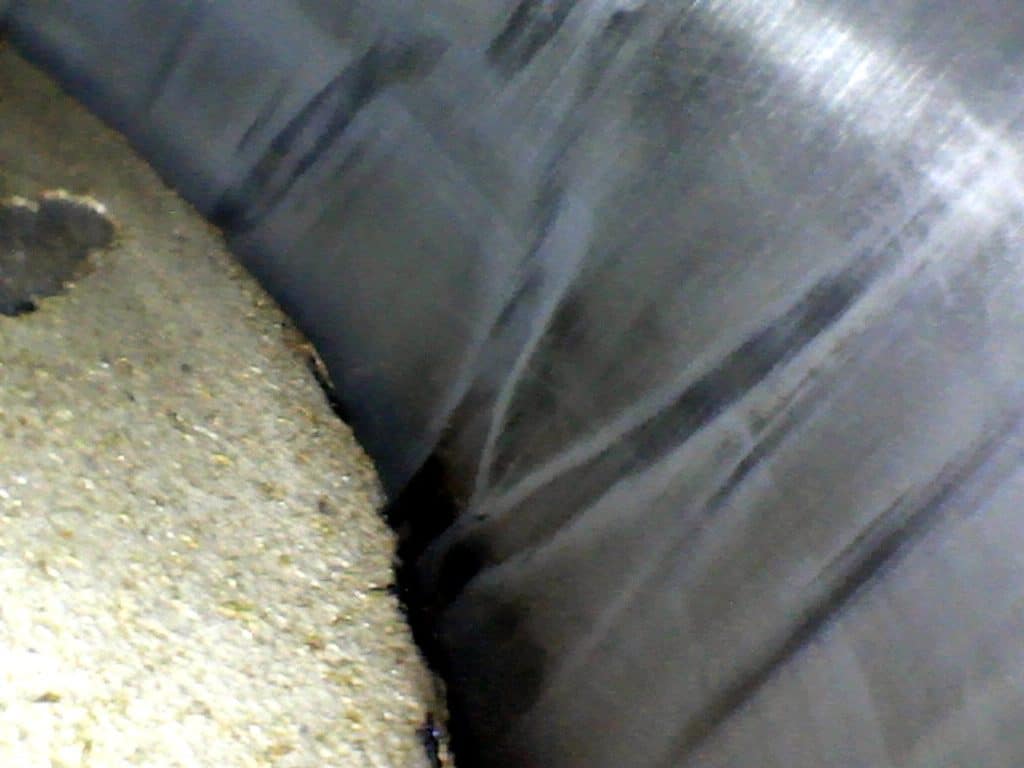
This is a very sick exhaust valve right on the verge of failing catastrophically. Note the asymmetrical appearance: That’s bad!
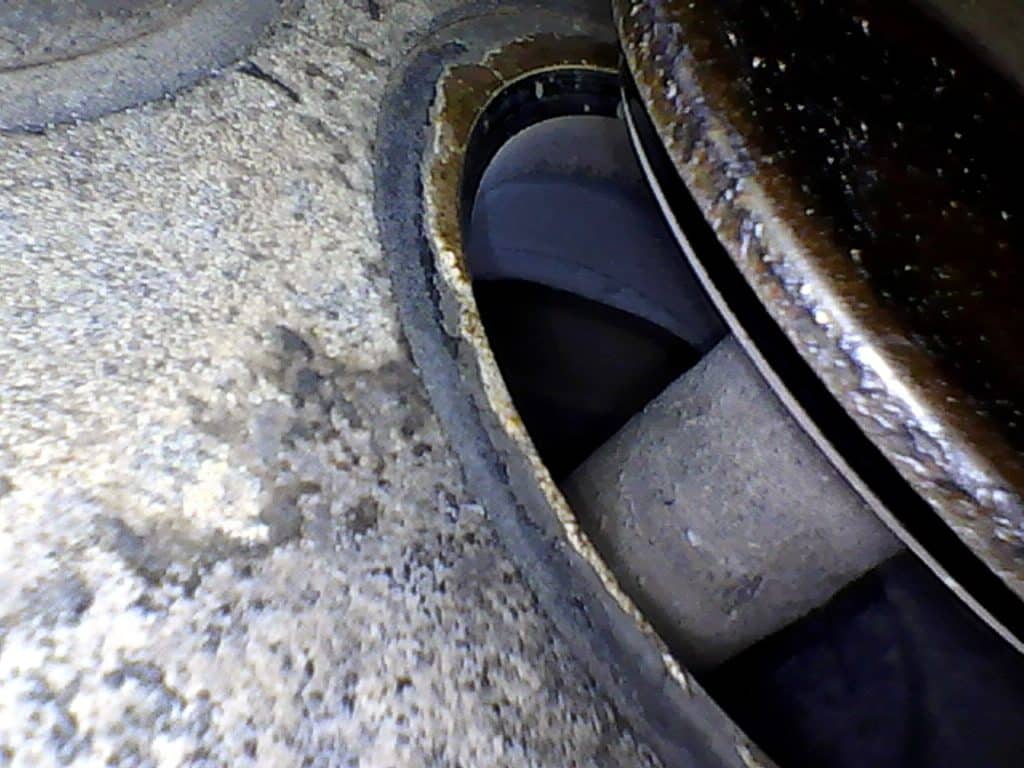
Closeup of the healthy O-320 exhaust valve, with a good view of the seat and valve sealing surface.
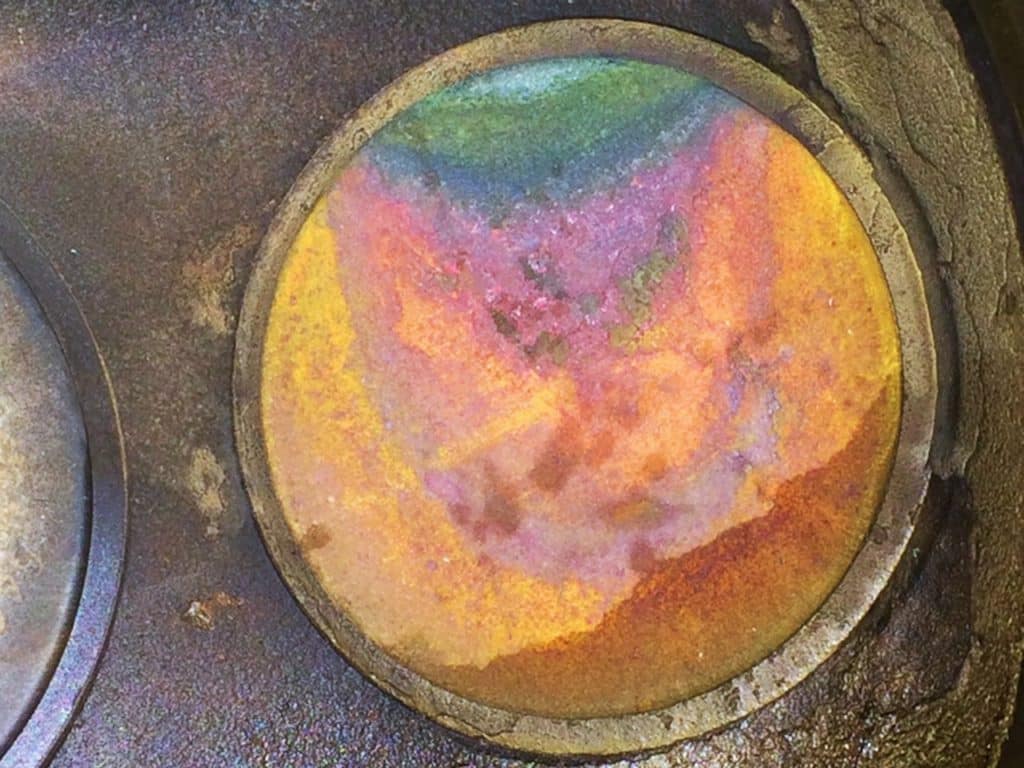
O-320 cylinder barrel and piston. This jug is very worn: Note the vertical scoring and lack of crosshatch.
With scopes of this quality available for $200, there’s no excuse for any A&P not to own one and to use it as his primary means of assessing cylinder condition. In fact, anyone who does owner-performed maintenance should consider buying one.
Compression testers lie all the time. Borescopes never do.
You bought a plane to fly it, not stress over maintenance.
At Savvy Aviation, we believe you shouldn’t have to navigate the complexities of aircraft maintenance alone. And you definitely shouldn’t be surprised when your shop’s invoice arrives.
Savvy Aviation isn’t a maintenance shop – we empower you with the knowledge and expert consultation you need to be in control of your own maintenance events – so your shop takes directives (not gives them). Whatever your maintenance needs, Savvy has a perfect plan for you: